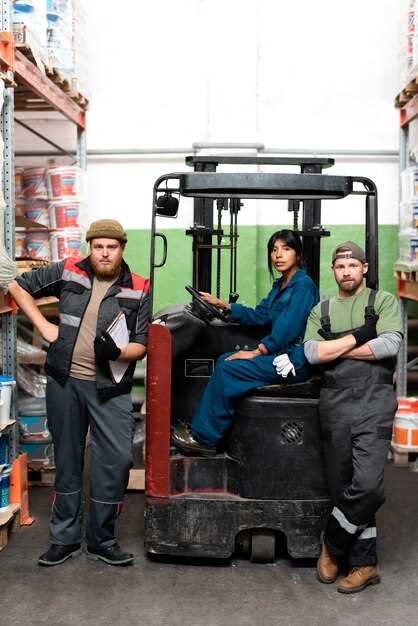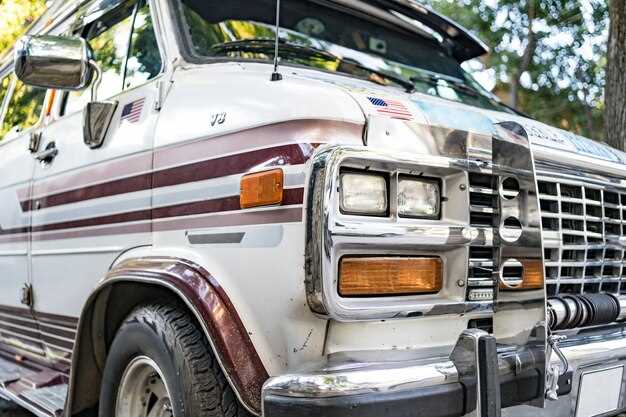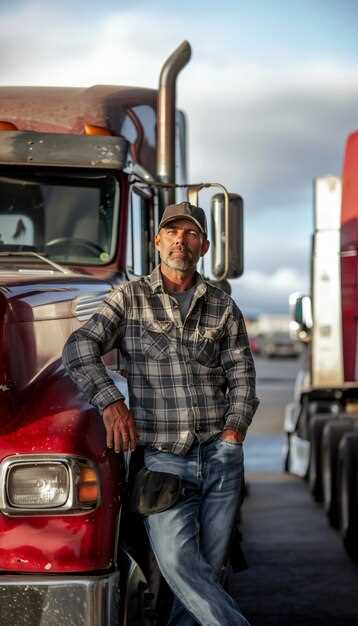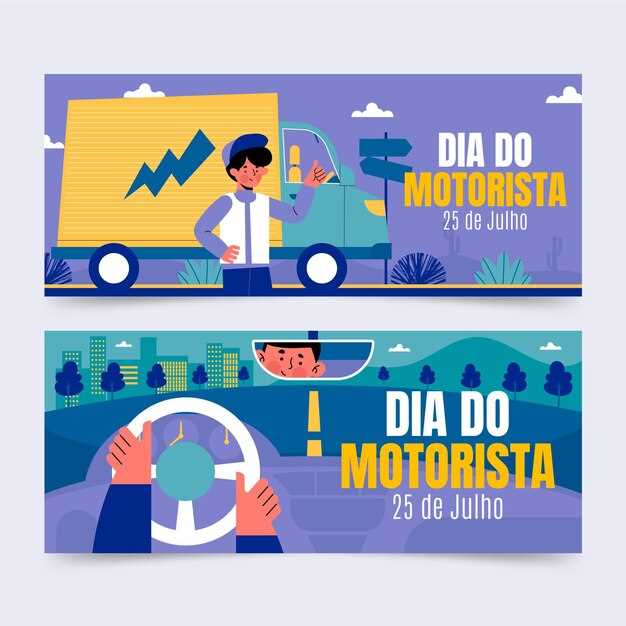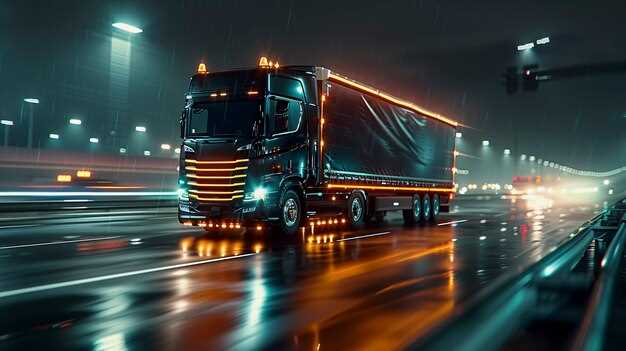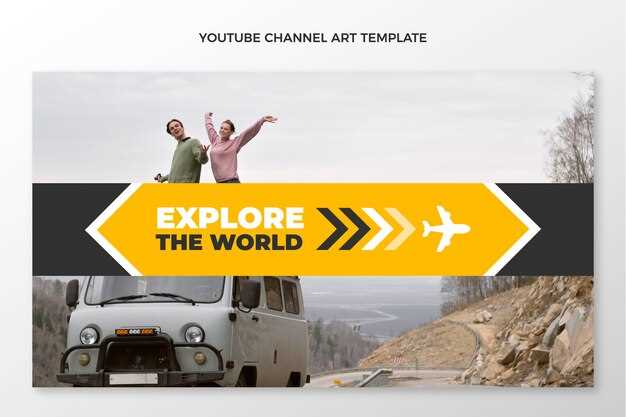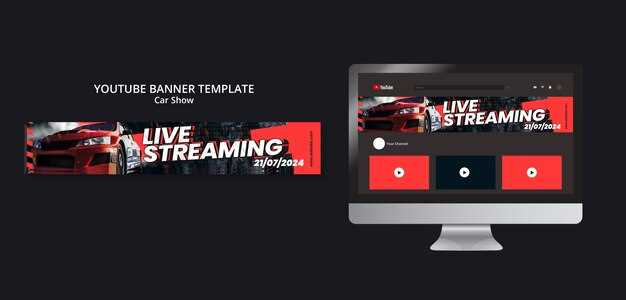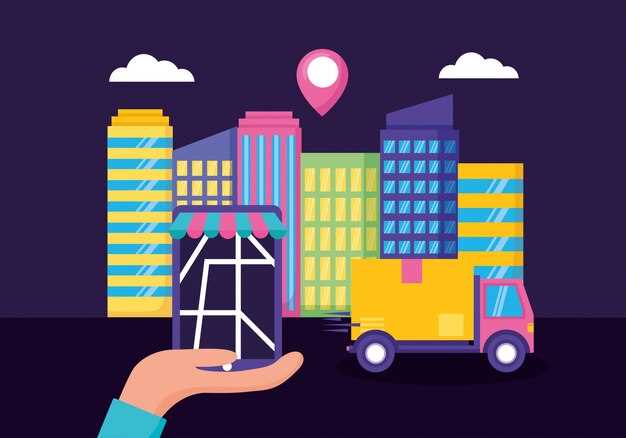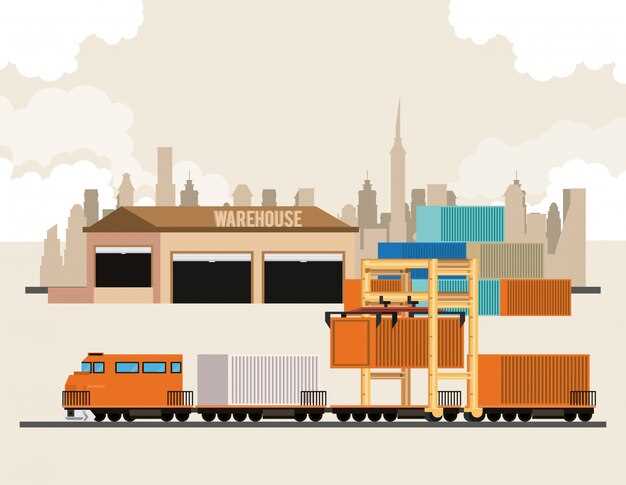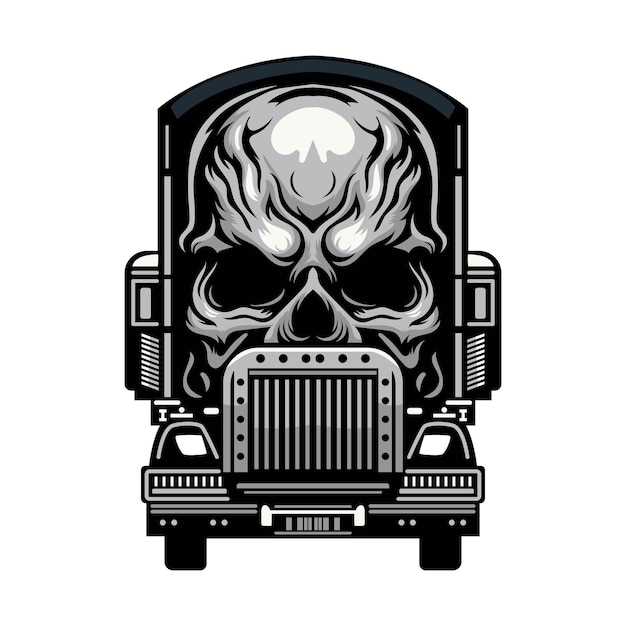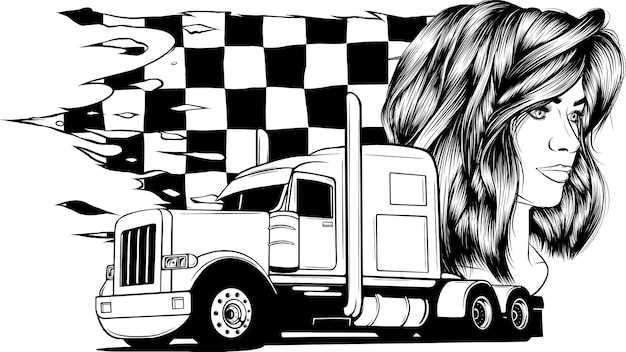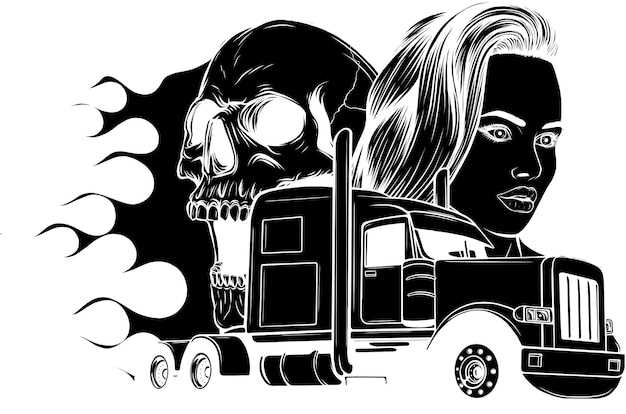
The United States is a land of diverse landscapes and impressive vehicles, and nowhere is this more evident than in its truck shows and meetups. These events not only highlight the beauty and power of trucks but also create a sense of community among enthusiasts who share a passion for these incredible machines. Every year, various cities across the nation host gatherings that celebrate the innovation, craftsmanship, and lifestyle associated with trucks.
From shiny showrooms featuring custom rigs to adrenaline-pumping competitions that test the limits of performance, the truck show scene offers something for everyone. Whether you’re an avid truck owner, a curious bystander, or a family looking for a fun weekend activity, these events provide a unique opportunity to connect with others who share your interests. Participating in truck shows and meetups is not just about admiring beautiful vehicles; it’s about experiencing the culture and camaraderie that comes with being part of the truck community.
In this article, we will explore some of the top truck shows and meetups across the U.S., highlighting the key features that make each event special. From local gatherings to large-scale exhibitions, discover where you can immerse yourself in the world of trucks, network with fellow enthusiasts, and enjoy the vibrant atmosphere unique to each location. Whether you’re planning your next road trip or looking to attend an event closer to home, this guide will help you find the perfect truck show to satisfy your passion.
Top Truck Shows and Meetups Across the U.S.

The United States hosts a variety of truck shows and meetups that bring together enthusiasts, industry professionals, and spectators alike. These events showcase the latest innovations, design trends, and custom builds in the trucking world.
1. Mid-America Trucking Show (MATS)
Held annually in Louisville, Kentucky, MATS is one of the largest trucking trade shows in North America. Spanning over three days, it features thousands of exhibitors, educational seminars, and networking opportunities. Attendees can expect to see everything from cutting-edge technology to custom trucks and trailers.
2. Great American Trucking Show (GATS)
The GATS takes place in Dallas, Texas, and attracts truckers from all over the country. This event highlights advancements in trucking technology, safety, and regulations. It also includes a truck beauty contest, providing an opportunity for truck owners to show off their meticulously maintained vehicles.
3. World of Wheels
While primarily known as a custom car show, the World of Wheels also embraces the trucking community. Featuring stunning display trucks, this event travels across various U.S. cities, showcasing some of the best builds and designs in the industry. Attendees can connect with builders and learn about customization options.
4. Truckers Jamboree
Hosted by the Iowa 80 Trucking Museum in Walcott, Iowa, the Truckers Jamboree is a family-friendly event celebrating the trucking lifestyle. Activities include truck displays, live music, and a large parade featuring trucks of all shapes and sizes. This annual gathering highlights the community aspect of trucking.
5. Big Iron Classic
The Big Iron Classic is held in the Midwest, specifically in North Dakota. This event combines a truck show with a competitive aspect, featuring truck pulls, drag racing, and other motorsport activities. It attracts both truck enthusiasts and motorsport fans, making it a unique blend of interests.
6. Shasta Dam Big Rig Show
Located in Northern California, the Shasta Dam Big Rig Show emphasizes the beauty of big rigs amid a scenic backdrop. This show features numerous truck exhibits, contests, and live entertainment. It aims to promote safety and showcase the camaraderie among truck drivers.
7. American Trucking Associations’ (ATA) Events
The ATA organizes multiple events throughout the year, focusing on various aspects of the trucking industry, including safety, compliance, and innovation. These events not only highlight showcases of trucks but also serve as critical networking hubs for professionals across the sector.
These truck shows and meetups represent a fraction of the vibrant trucking culture in the U.S. Each event provides unique opportunities for learning, networking, and celebrating the trucking lifestyle. Whether you are a seasoned trucker or a newcomer, these gatherings are a must-attend.
Must-Attend Truck Shows Featuring the Latest Innovations
Truck shows provide an excellent platform for enthusiasts and industry professionals to explore the latest advancements in trucking technology. These events showcase cutting-edge innovations that enhance safety, fuel efficiency, and overall performance of commercial vehicles. Below are some key shows that stand out for their focus on groundbreaking technologies.
The Great American Trucking Show (GATS), held annually in Dallas, Texas, is a premier event that attracts thousands of truck drivers and industry stakeholders. This show features a dedicated section for exhibitors showcasing the latest truck models equipped with advanced telematics and driver-assistance systems. Attendees can also engage in seminars discussing emerging technologies in the trucking sector.
Mid-America Trucking Show (MATS), taking place in Louisville, Kentucky, is another must-visit event. MATS is notable for its extensive exhibit hall where manufacturers unveil new trailer designs and innovative cargo handling systems. The event often includes live demonstrations of the latest in truck accessories, from aerodynamic modifications to energy-saving technologies.
Truck World, held in Toronto, Canada, although outside the U.S., is worth mentioning due to its significant impact on the North American market. This show brings together key manufacturers and suppliers who highlight innovations in engine technology and alternative fuels. Truck World is also known for hosting panels on sustainability and future trends in the trucking industry.
NASSTRAC Shippers Conference and Transportation Expo focuses on shippers and transportation decision-makers. This event features discussions on logistics technology, fleet management software, and regulatory changes that affect the trucking industry. Here, attendees can gain insights into optimizing their operations using the latest technological tools.
In conclusion, these truck shows not only highlight the newest vehicles and equipment but also foster valuable discussions about the future of the trucking industry. By attending these events, professionals can stay ahead of the curve and leverage the latest innovations to improve their operations.
Networking Opportunities at Local Trucking Meetups
Local trucking meetups provide unique platforms for professionals in the trucking industry to connect, collaborate, and learn from one another. These events facilitate networking through various activities and settings that promote relationship building.
Here are several key opportunities that attendees can take advantage of during local trucking meetups:
- Industry Workshops: Many meetups include workshops led by experienced professionals. These sessions often focus on specific topics such as regulations, safety standards, and technology, allowing participants to gain insights and ask questions directly.
- Networking Breaks: Designated breaks during the event allow attendees to mingle and build rapport in a more relaxed atmosphere. This is an excellent time to exchange contact information and discuss common interests.
- Panel Discussions: Panel sessions featuring industry leaders can spark conversations that lead to new partnerships and collaborative projects. Attendees can engage with panelists, posing questions that address their unique challenges and experiences.
- Business Card Exchanges: Local meetups are ideal for exchanging business cards. This small gesture can lead to fruitful connections, making it easier to follow up after the event.
- Social Media Groups: Many meetups encourage participants to join online groups or forums related to the industry. These platforms can provide continued networking opportunities long after the event concludes.
- Exhibitor Booths: Vendors and suppliers often showcase their products and services. Interacting with exhibitors can lead to valuable contacts and insights into the latest industry innovations.
Overall, local trucking meetups serve as effective venues for building professional relationships that can enhance career growth and business opportunities. Participating actively in these events can yield significant benefits for attendees looking to expand their network within the trucking community.
How to Prepare Your Truck for a Showcase Event

Preparing your truck for a showcase event requires careful planning and attention to detail. Start by conducting a thorough inspection of your vehicle. Check for any mechanical issues, such as engine performance, brakes, and tires. Addressing these concerns will ensure your truck operates smoothly during the event.
Next, focus on the exterior of your truck. Give it a thorough wash and wax to enhance its appearance. Remove any dirt, mud, or debris that could detract from its overall look. Consider polishing the chrome parts and cleaning the headlights and taillights for better visibility and aesthetics.
Interior cleanliness is equally important. Vacuum the carpets and upholstery, and wipe down surfaces to remove dust and grime. Organize any tools or equipment inside the cab, ensuring everything is neatly stored to project a professional image.
Customization can set your truck apart from others at the showcase. Consider adding eye-catching elements like decals, custom wheels, or unique paint jobs. Make sure any modifications are compliant with local regulations and event guidelines.
Check your truck’s documentation. Ensure that you have all necessary registrations, insurance paperwork, and proof of ownership ready for display. This not only adds credibility but also helps avoid any last-minute issues at the event.
Lastly, prepare for the showcase by planning your presentation. Think about how you want to display your truck, including signage or informational brochures that highlight its features and any modifications. Engaging with attendees and sharing your truck’s story can also enhance their experience and appreciation.




